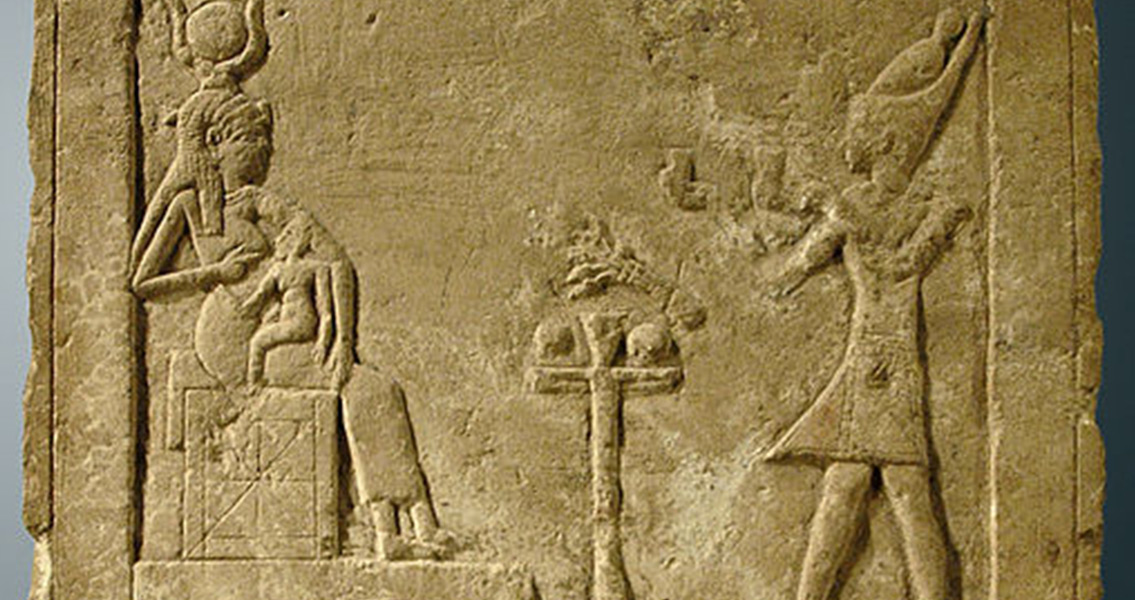<![CDATA[Archaeologists from M|nster have discovered a 2000 year old depiction of an unknown god in Turkey. The one and a half metre high basalt stele was uncovered as archaeologists excavated a sacred site on the 1,200 metres (3,900 feet) high mountain of D|l|k Baba Tepesi, near the ancient city of Doliche in Southeast Turkey. The discovery is noteworthy as it is not clear who the mystery god could be. "The image is remarkably well preserved," Professor Engelbert Winter, the excavation director and archaeologist, stated. "It provides valuable insights into the beliefs of the Romans and into the continued existence of ancient Near Eastern traditions." The unknown deity appears to be a fertility or vegetation god, and the striking composition of the beard and the pose of the arms indicate it was created during the Iron Age in the first millennium BCE. "The basalt stele shows a deity growing from a chalice of leaves. Its long stem rises from a cone that is ornamented with astral symbols. From the sides of the cone grow a long horn and a tree, which the deity clasps with his right hand. The pictorial elements suggest that a fertility god is depicted," Dr Blvmer, another archaeologist from the project said. The site where the stele was found had been sacred for many different groups during its 2000 year history. Thick enclosing walls from the first Iron Age sanctuary have been unearthed, as have the foundations of a subsequent Roman temple to the god Jupiter Dolichenus, one of the most important gods of the Roman Empire in the second century CE. The stele was found in the remains of the Christian monastery of Mars Solomon (St. Solomon), erected on the site in the early Middle Ages. The site was in continual use from the early Iron Age right up until finally being used as a Christian monastery. The monastery was still functioning during the Crusades. Professor Winter's team is exploring continuities in religious beliefs, as part of a Cluster of Excellence research project. According to Professor Winter, the unknown fertility god found in the Christian monastery could "provide information on how ancient oriental traditions survived the epochs from the Iron Age to the age of the Romans." Recent excavations of the site have concentrated on the remains of the medieval monastery, as they are very well preserved. Until 2010, when the monastery was discovered, it was only known about through written sources. "All finds from this year's excavation season are important pieces of the puzzle, contributing to the knowledge concerning every phase of the long history of this holy place," Dr Blvmer noted. The ruins of the monastery complex have allowed archaeologists to uncover information regarding life and culture throughout this site's history. Work at the archaeological site is in progress to make the temple complex and the monastery ruins accessible to the public. In order to preserve the excavations, the ruins have been encased in a special material; this was made possible by donations from the Turkish Zirve University in Gaziantep. Digital documentation of the area is also being undertaken using a remote-piloted quadrocopter with a 3D camera.]]>
2000 Year Old Carving of Unknown God Found
